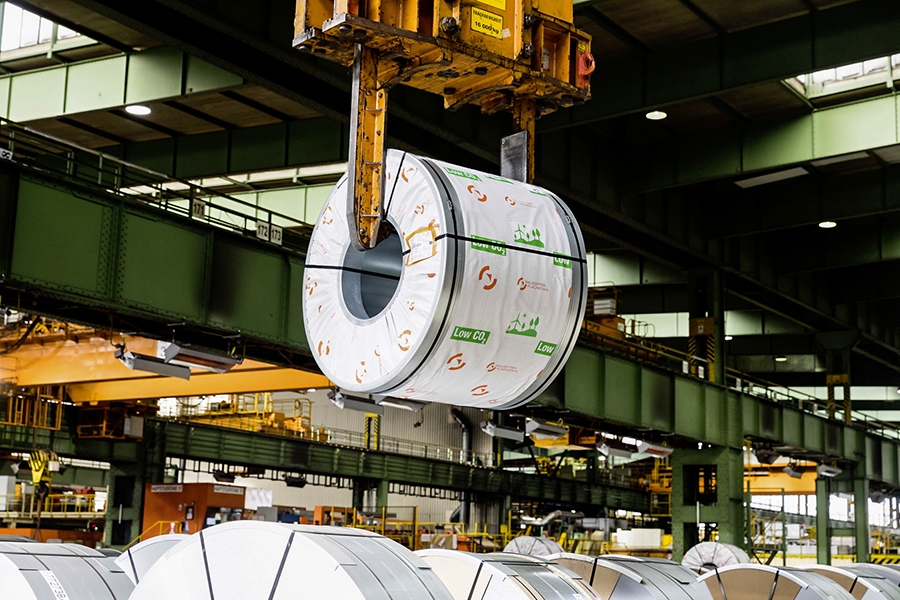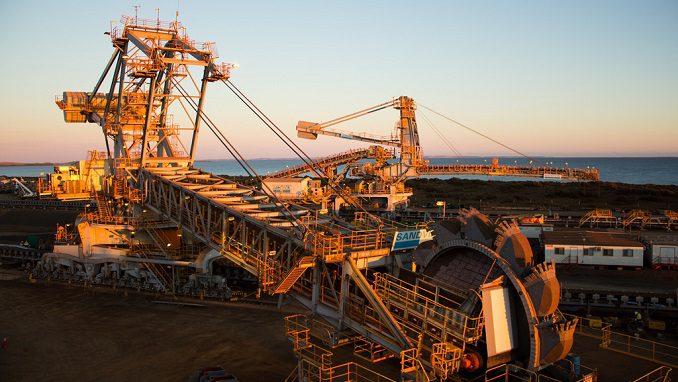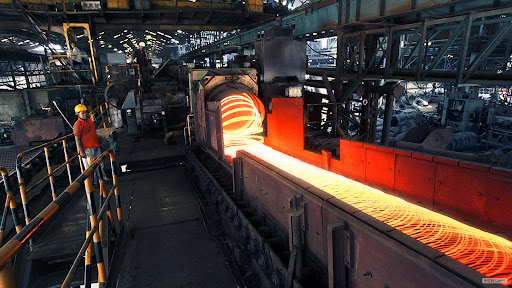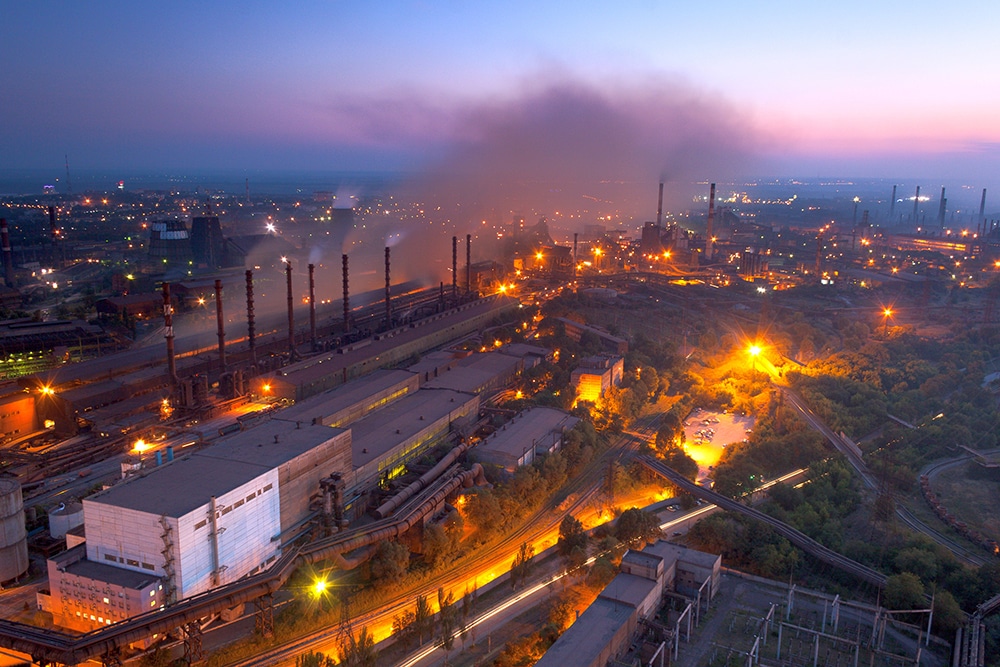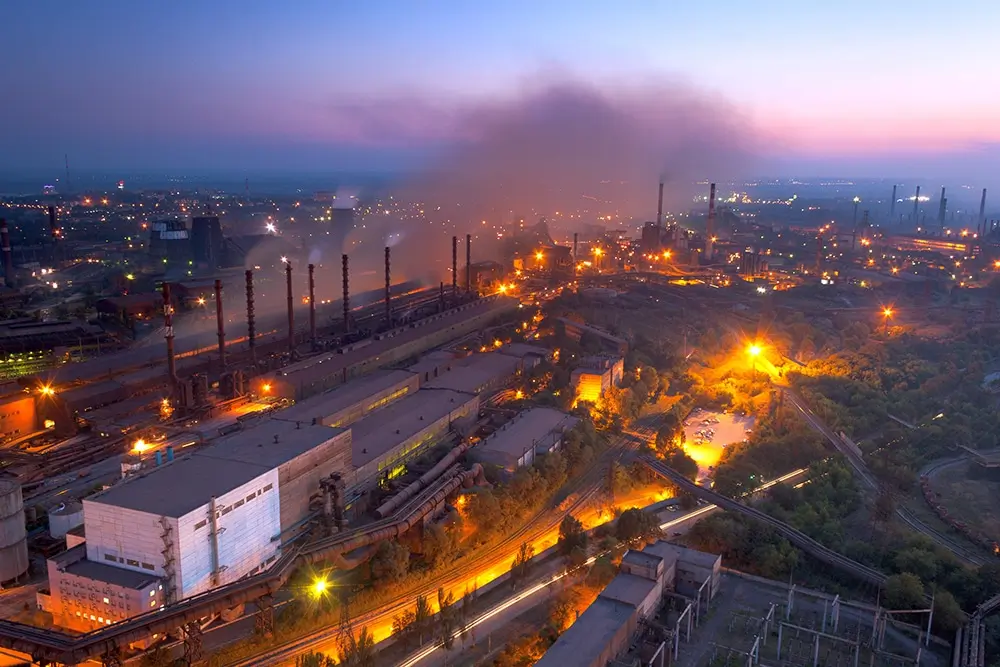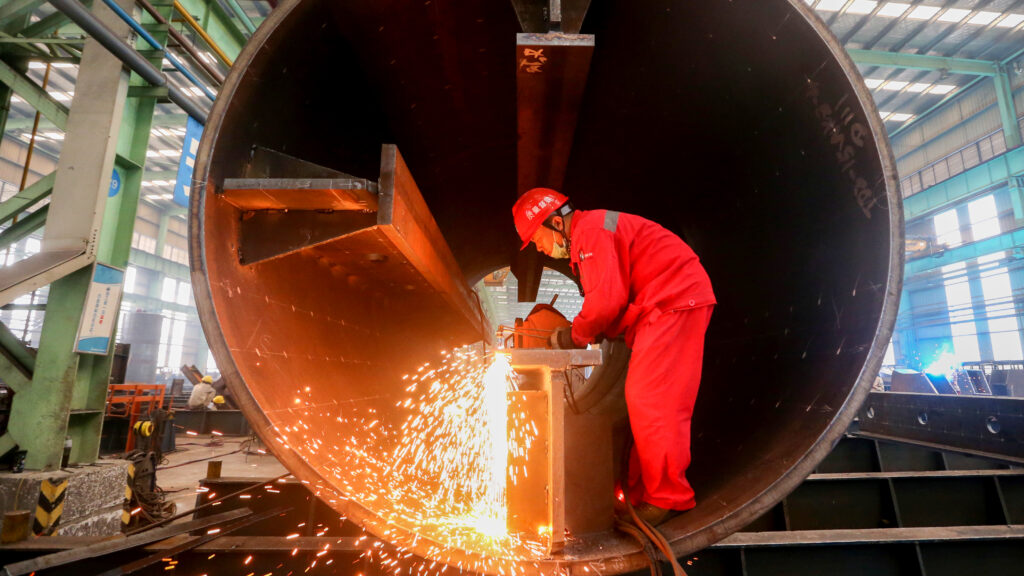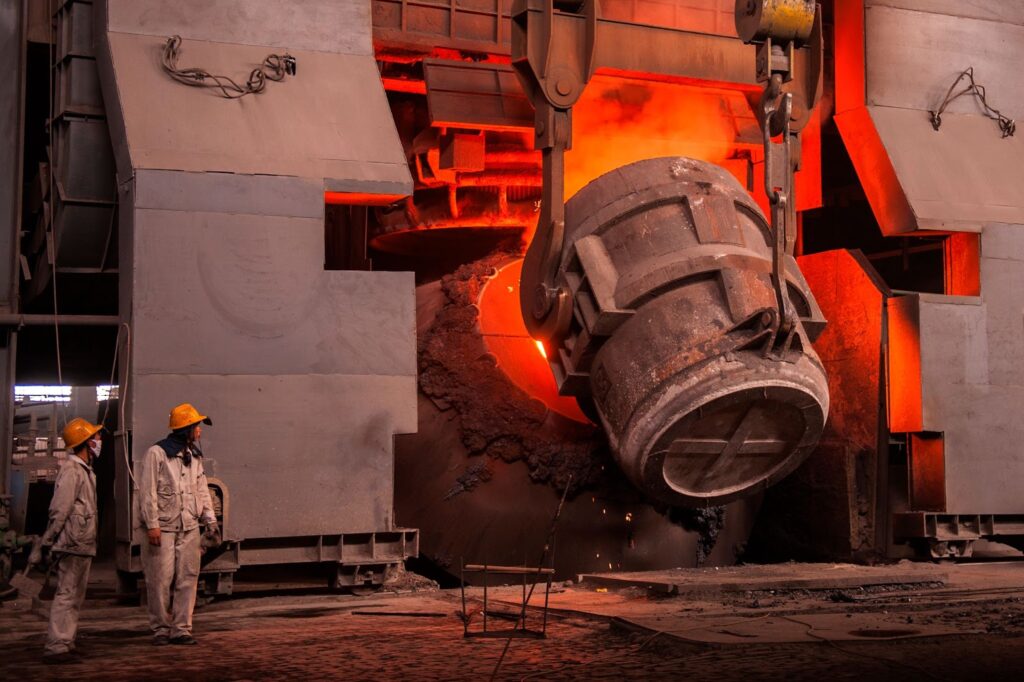Current trends will increase the gap between global steelmaking capacity and demand further, pushing a “flood” of relatively high-carbon steel on to international markets and having a very detrimental impact on the steel industry, according to Anthony de Carvalho, head of the steel unit and senior economist at the OECD.
Excess steel capacity is getting worse as demand for steel is overall slow while capacity growth is accelerating, with most of the expansion using technologies that have higher CO2 emissions, de Carvalho told the EUROMETAL conference in Istanbul on March 5.
According to de Carvalho, capacity could increase by 158 million mt/year over the next two years, while demand is expected to increase by about 36 million mt based on the latest worldsteel forecast of a 1.8%-1.9% growth rate. The gap between capacity and demand was already more than 500 million mt in 2023.
“We see that the gap between capacity and demand is increasing further and what we notice is that the excess capacity is now very targeted on CO2 intensive production routes,” he said.
He noted that the last five years of capacity growth has seen significant expansion in developing Asian countries such as Vietnam, Iran and Indonesia as well as Iraq and other Middle Eastern countries.
“Countries that were considered relatively small steel players are getting bigger,” de Carvalho said, with the majority of the capacity growth into the blast furnace based route. “I think that accounts for about 70% or so of the Asian capacity increases.”
Most of the capacity growth is driven by foreign investments, he added. “So it’s the Chinese steel companies that are investing heavily in Southeast Asia,” he said explaining that this new capacity would be not absorbed by the countries’ domestic demand.
In contrast, capacity growth in other regions is more moderate and also more focused on the lower-emissions electric arc furnace production route.
He said that the resultant “flood” of relatively high-carbon steel on the international steel market in the next few years would have a very detrimental impact on the steel industry.
“We’re at the same low [profitability] levels that we saw when this excess capacity emerged in 2015 and 2016. It’s just not sustainable because the steel industry needs to have much higher operating profit ratios — 5% maybe higher — if it wants to reinvest in process innovations [and] product improvements, especially if it wants to shift to low-carbon steel production. So at the moment, this is just completely unsustainable,” he said.
The OECD is set to release a study on March 8 detailing how excess capacity hurts the profitability of the steel industry.
Author: Annalisa Villa

